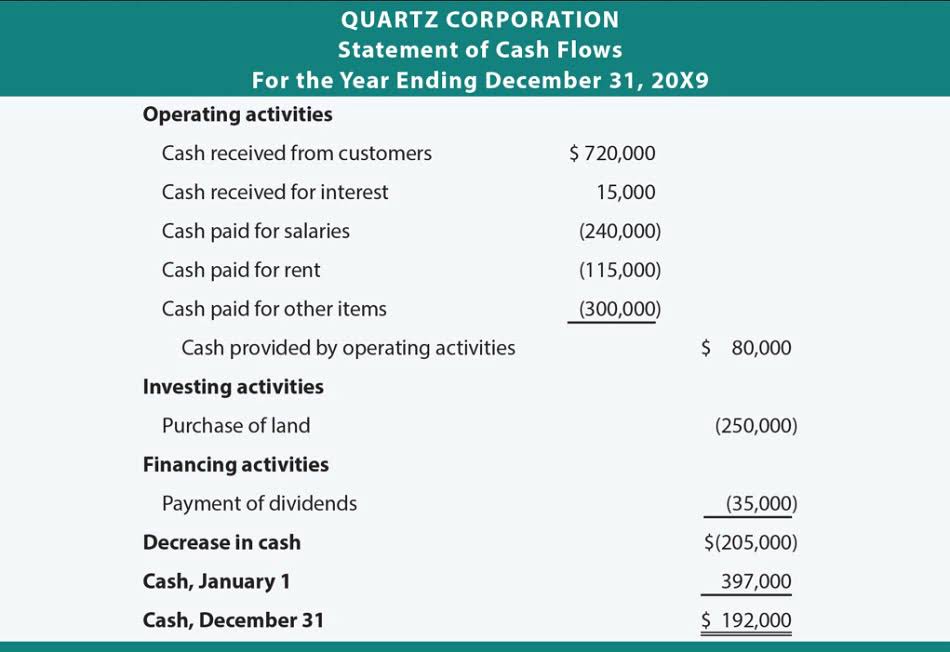Content
- Join over 140,000 fellow entrepreneurs who receive expert advice for their small business finances
- How is Accounts Receivable different from Accounts Payable?
- What Is Accounts Payable (AP)?
- Classification of Receivables
- What’s the difference between accounts receivable and accounts payable?
- Cash flow management and measuring liquidity
- Accounts Receivable: Definition

If you don’t keep track of accounts receivable, you may forget to bill certain customers, or you may not know if you’ve been paid. You could end up providing your product for free, negatively impacting your profitability. The longer you take to send an invoice, the less likely you’ll receive payment promptly.
It’s also not uncommon for invoices to be sent with incorrect terms, e.g. failing to include contract changes. Accounts Payable departments should ensure that invoices always use the best possible payment terms. With execution management technology, organizations can identify the root causes for suboptimal payment terms, such as outdated master data.
Join over 140,000 fellow entrepreneurs who receive expert advice for their small business finances
Bookkeeping Services Examples (abbreviated A/R) is money owed to a business by another business or individual in exchange for property or services that were provided on credit. The settlement of an account receivable begins by sending an invoice to the customer. A company enters accounts receivable under current assets on its balance sheet.
- Automating the process means invoices are sent on the same day, every month, to avoid any unexpected delays.
- Thank you for reading this guide to Accounts Receivable (AR) and how it impacts a company’s cash flow.
- Our work has been directly cited by organizations including Entrepreneur, Business Insider, Investopedia, Forbes, CNBC, and many others.
- Income is important, and so is prudent spending to grow the business and retain customers.
- There is no definitive timeframe for payment after the goods/services are delivered, but periods of 30, 60 or 90 days are common.
An EMS can then then flag invoices with incorrect terms and automatically suggest and set a better payment term within an invoice. By reducing underpayments and uncollectible invoices, AR teams can improve revenue protection. They can optimize working capital by reducing late billings and late payments. Labor productivity can be improved by reducing invoice errors, disputes and rejections. And, AR staff can ensure compliance and mitigate risk through better fraud detection and maintaining internal controls.
How is Accounts Receivable different from Accounts Payable?
When Keith gets your invoice, he’ll record it as an accounts payable in his general ledger, because it’s money he has to pay someone else. https://accounting-services.net/restaurant-accounting-and-bookkeeping-basics-for/ are an asset account, representing money that your customers owe you. Once this sum is paid, the total would be deducted from accounts receivable and recorded as a deposit under revenue. It’s also helpful to know the amount of money you owe, which is where accounts payable (AP) comes in. Accounts payable refers to money that a business owes to its creditors.
Instead, opt for using specialized AR software that will keep this process internal and will do most of the heavy lifting of the collection process thanks to automation. Keeping AR internally ensures you are adding value to your customer relations, and you are sending invoices and reminders at appropriate times and to the right points of contact. External AR management simply does not have the insights that you have in your own business and will likely fail at providing the right service and keeping good relations with your customers.
What Is Accounts Payable (AP)?
Many small businesses turn to accounting software, which provides a user-friendly, highly organized interface for recording transactions and tracking accounting metrics. Your business’s accounts receivable is essential for calculating your profitability and providing the clearest indicator of the business’s income. It is considered an asset, as it represents money coming into the company. Similar to contracts with suppliers, payment terms range from net-30 to net-60 or net-90. A typical invoice would include the amount due, deadline and sales tax. It’s always a balancing act to collect on-time payments while maintaining a positive customer relationship, and a healthy flow of cash.
Comments by Леонид Романов